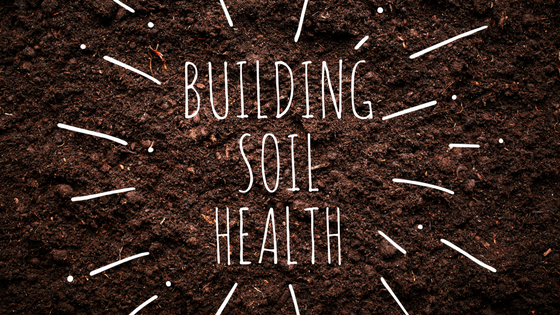
It is no secret to readers of this blog that the benefits of building soil health are far reaching. From gaining the ability to reduce fertilizer and pesticide inputs, to reducing erosion and minimizing weather and disease risk, soil health benefits touch both the economic and environmental needs of growers.
According to a recent report Seeding Soil’s Potential by Wrangler in collaboration with the Soil Health Institute, three core practices - cover crops, crop rotation, and conservation tillage - have the ability to add three times more organic matter to the soil, ultimately providing healthier soil that can provide economic and environmental benefits. Let’s explore each of these practices in depth.
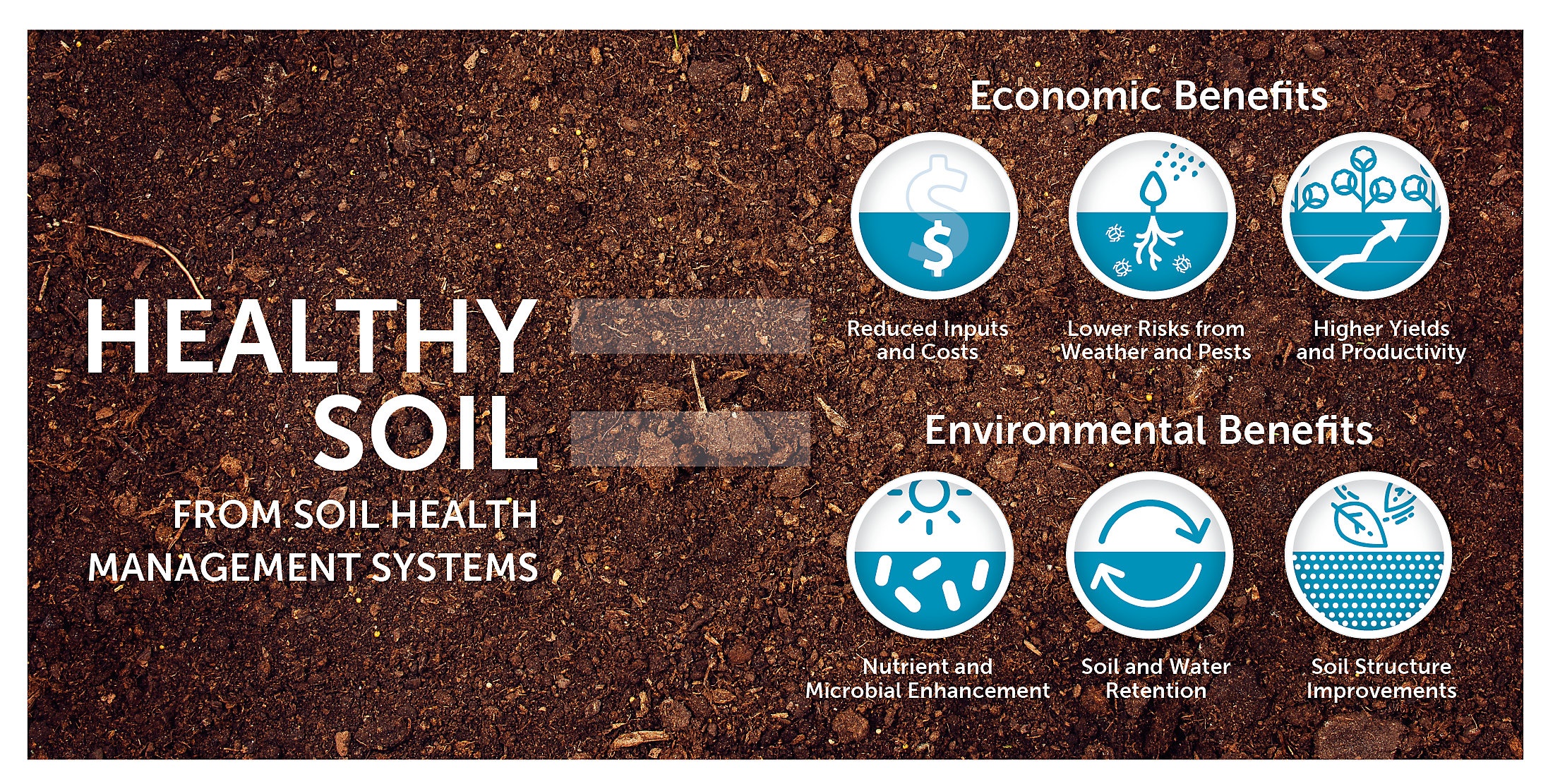
Above graphic by Wrangler.
1. Improving Soil Health With Cover Crops
According to data released by the USDA’s Agricultural Resource Management Survey, “only 1% of all cropland acreage uses cover crops [in the U.S.].” Yet, cover crops produce biomass and reduce erosion and nutrient loss.
Examples of cover crops include cereal grains, legumes, and brassicas - each type of cover crop provides a unique benefit for the grower.
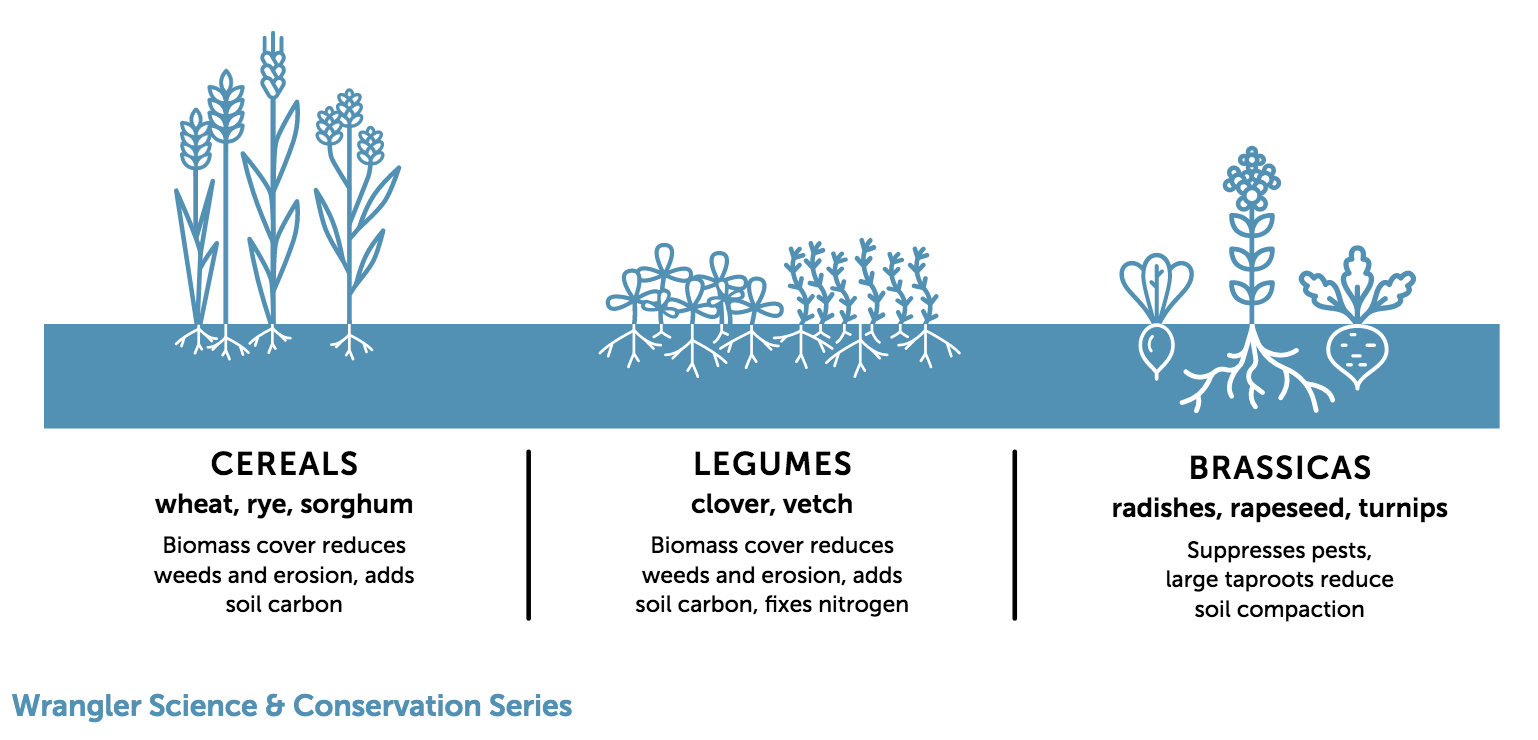
Above graphic by Wrangler.
2. Improving Soil Health with Crop Rotation
Crop rotation is an approach for managing pests and diseases. Furthermore, planting diverse crops above the ground leads to a diverse microbial community below the ground. This ultimately provides a more resilient soil for crops to grow.
According to the USDA, “82 to 94% of most crops are grown in some sort of rotation in the U.S.”.
3. Improving Soil Health with Conservation Tillage
According to an article published by the Washington Post, “plowing and tillage are major sources of soil erosion around the world - they were key factors behind the Dust Bowl in the 1930s.” Furthermore, tilling leads to nutrient loss and releases CO2 into the atmosphere.
Conservation tillage includes two methods - no-till and strip-till - the later method is a practice where the farmer only tills a narrow strip of land for planting purposes.
In a 2009 report by USDA, about 35.5% of the country’s cropland had at least some no-tillage operations and 10% practiced full-time no-tillage operations.
4. How else can you build soil health? Incorporating Bio 800+?
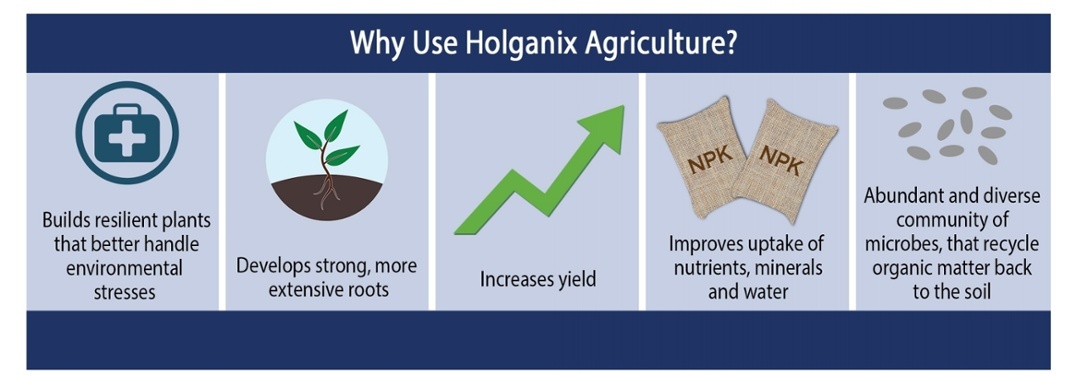
At Holganix we believe in preserving and nourishing the water and soils so it can be passed down to future generations.
Our flagship product - Holganix Bio 800+ Agriculture harnesses the power of over 800 soil microbes to turbo-charge soils. As a result, Holganix Bio 800+ Agriculture improves soil health in the long term while increasing crop yield and root architecture in the short term.
Want to learn more about Bio 800+? Watch our webinar on Holganix Bio 800+ Agriculture: Results & Science. This webinar provides an overview of our trials and data from the field.

 |
August 18, 2021
|
2:23 PM
|
August 18, 2021
|
2:23 PM
-2.jpg)
-1.jpg)
-1.jpg)
-1.jpg)
.jpg)

-2.jpg)
-1.jpg)
-1.jpg)
-1.jpg)
.jpg)









.webp)
-1%20(1).webp)
-831535-2.webp)



-1.png)
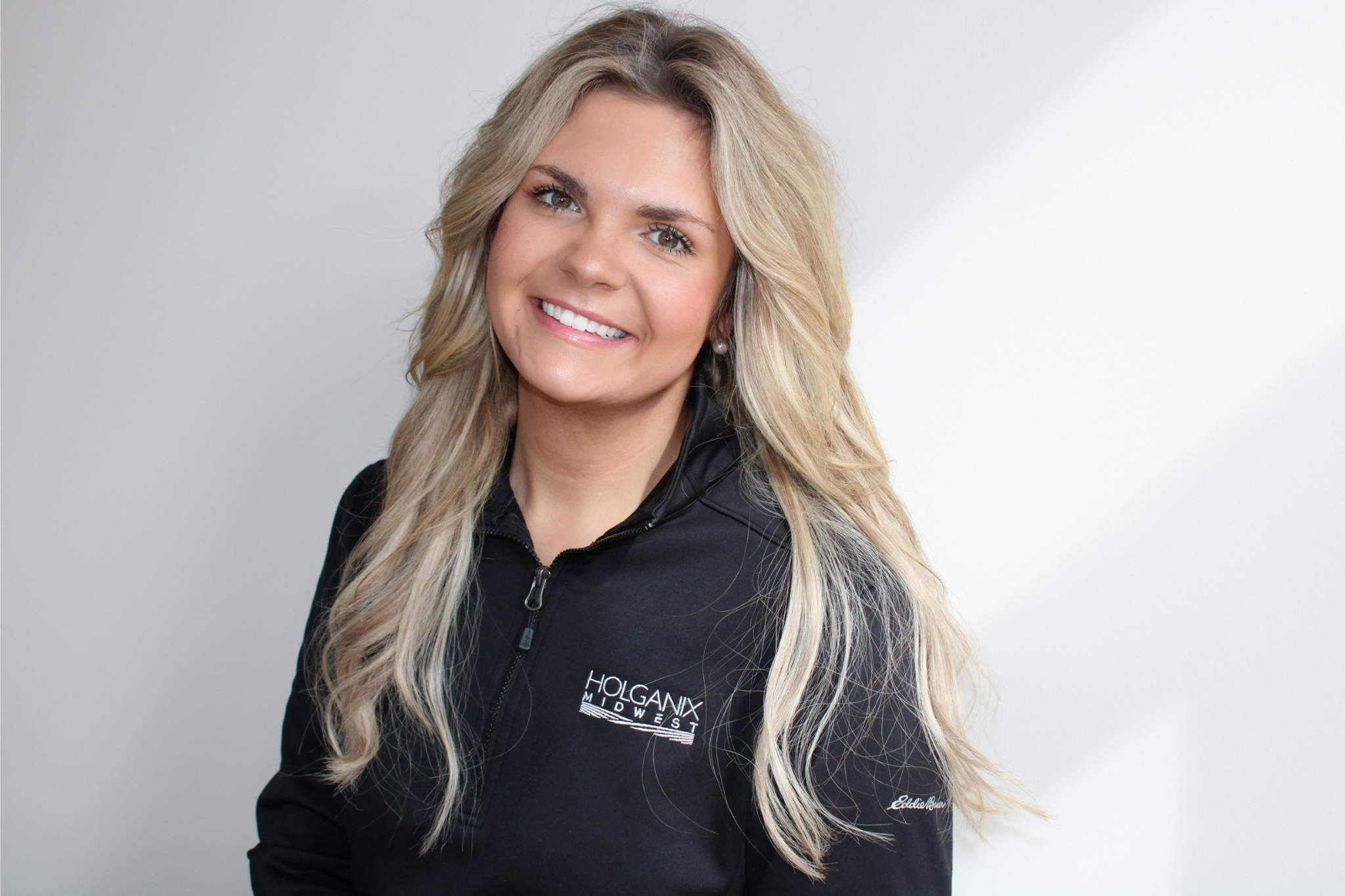
-1.jpg)

.jpg)